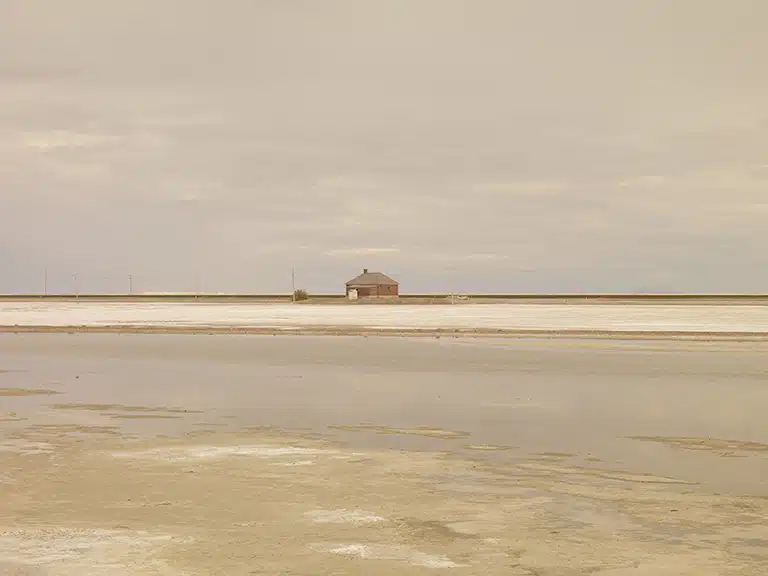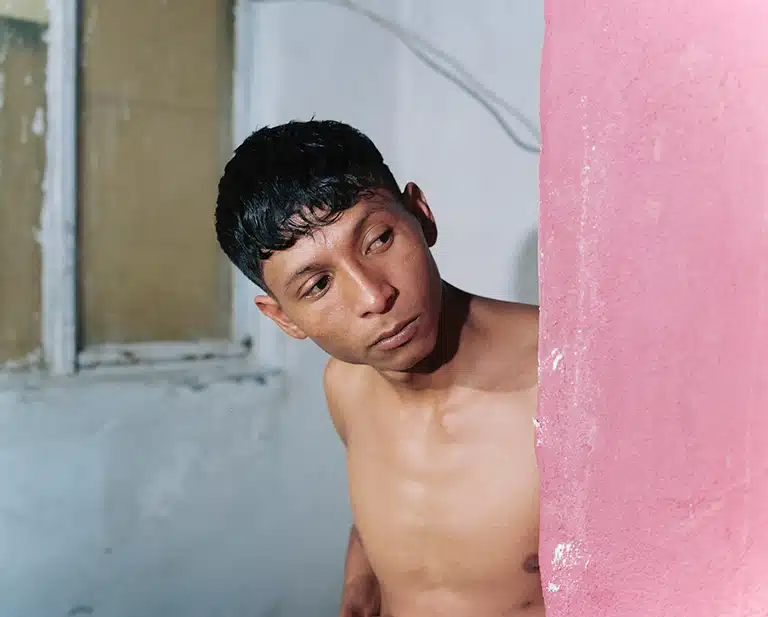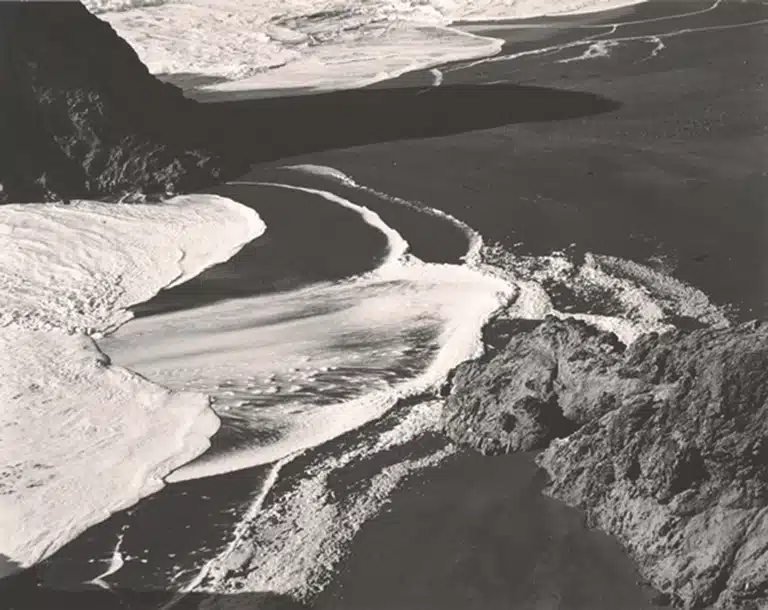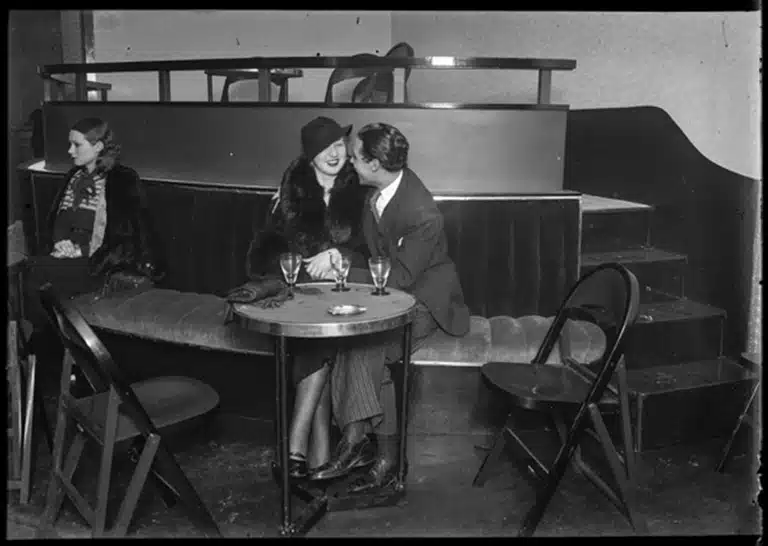The Fauves. Passion for Color
OCT.22.2016 ──────── JAN.29.2017
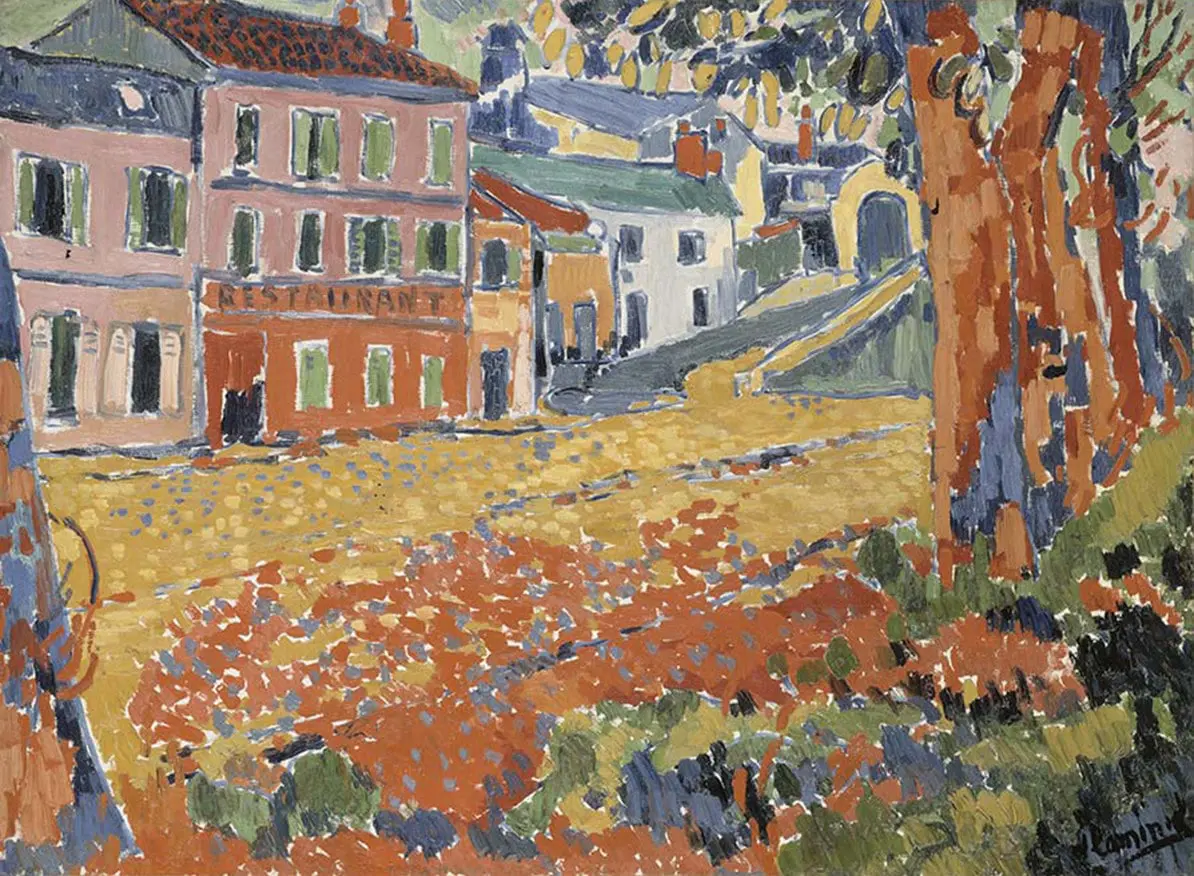
Maurice de Vlaminck, Restaurant de la Machine à Bougival, ca. 1905
Musée d’Orsay, donated by Max and Rosy Kaganovitch, 1973
©Maurice de Vlaminck, VEGAP, Madrid, 2016
©RMN-Grand Palais (musée d’Orsay) / Hervé Lewandowski
Exhibition
OCT.22.2017 ── JAN.29.2017
Location
Recoletos Exhibition Hall
Paseo Recoletos 23, 28004 Madrid
From 22 October 2016 until 29 January 2017 you can appreciate the meaning of passion for color. The exhibition, which offers a complete and considered presentation of fauvism, brings together over one hundred paintings as well as numerous drawings, watercolors and a selection of ceramic pieces.
The exhibition has been produced by Fundación MAPFRE and has only been possible thanks to the support of more than eighty lenders who have collaborated with the show. Notable amongst these are the TATE, the Centre Georges Pompidou, the City of Paris Museum of Modern Art, the Kunstsammlung Nordrhein-Westfalen of Düsseldorf, the Milwaukee Art Museum and the Statens Museum of Denmark. The generosity of more than thirty private collectors has also been essential, who have lent works that are less well-known to the general public but nevertheless of extraordinary quality.
Intensity: It was a controversial, lavish and exuberant movement led by Henri Matisse, André Derain and Maurice de Vlaminck. It lasted for a very short time, about four years, and produced work bursting with the vigor of youth, the joy of comradeship and the echo of continuous experimentation.
Vanguardism: the official launch of fauvism took place in 1905 at the Salon d’Automne exhibition in Paris, an event at which an art critic christened them “the wild beasts” –fauves– taken aback by the amalgam of colors and the originality of the compositions. This combination of artistic principles arose from the influence of art movements in the latter part of the 19th century, that the fauves were able to assimilate and develop into the first avant-garde movements of the 20th century.
Acrobats of light. These were the last artists who painted “en plein air“, which means outdoors. Matisse was enraptured by the luminosity of Signac’s work in Saint-Tropez and shared a summer with Derain in Colliure, where they intensified their palette tones. Other members of the group -Camoin, Manguin and Marquet- were also seduced by the Mediterranean light, as reflected in their vibrant natural landscapes, seascapes and meticulous nudes. A little later, Braque, Dufy and Friesz turned their attention to fishing villages and the joyfulness of little towns decorated for local festivals.
Download press conference:
If you would like high resolution images, please let us know for which publication or media is your request: Click here.
